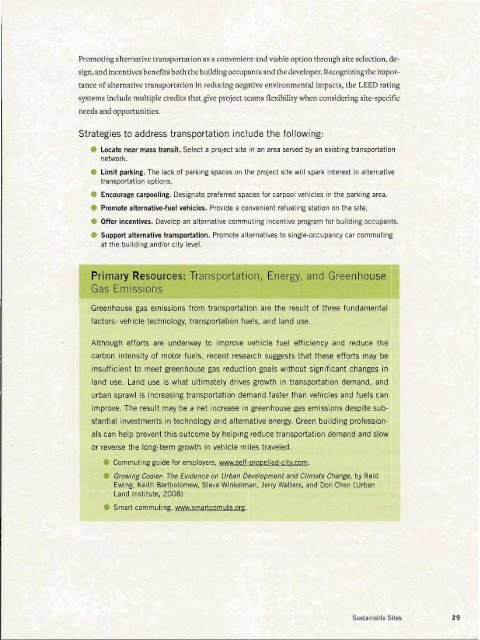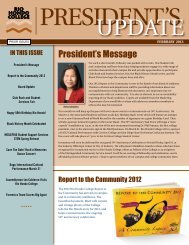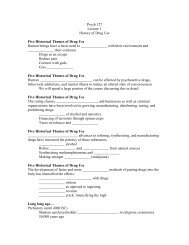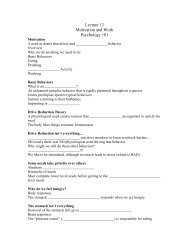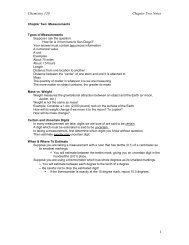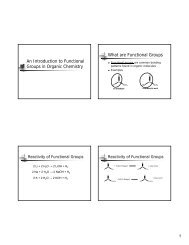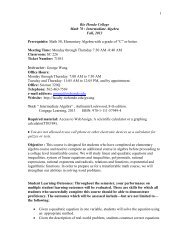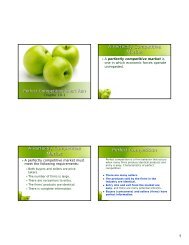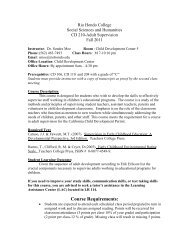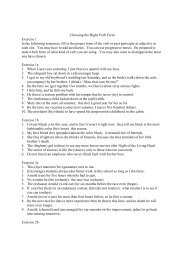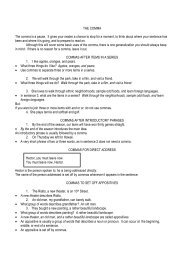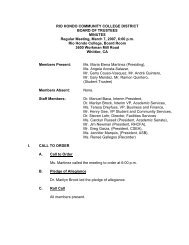Green Building and LEED Core Concepts Guide First Edition
Green Building and LEED Core Concepts Guide First Edition
Green Building and LEED Core Concepts Guide First Edition
Create successful ePaper yourself
Turn your PDF publications into a flip-book with our unique Google optimized e-Paper software.
Promoting alternative transportation as a convenient <strong>and</strong> viable option through site selection, design,<br />
<strong>and</strong> incentives benefits both the building occupants <strong>and</strong> the developer. Recognizing the importance<br />
of alternative transportation in reducing negative environmental impacts, the <strong>LEED</strong> rating<br />
systems include multiple credits thal give project teams flexibility when considering site-specific<br />
needs <strong>and</strong> opportunities.<br />
Strategies to address transportation include t he followi ng,<br />
• locate near mass transit Select a project site in an area served by an existing transportation<br />
network.<br />
• limit parking. The lack of parking spaces on the project site will spark interest in alternati .... e<br />
transportation options.<br />
• Encourage carpooling. Designate preferred spaces for carpool .... ehicles in the par ki ng area.<br />
• Promote alternative-fuel vehicles. Provide a con .... enient refueling station on the site.<br />
• Offer incentives. Develop an alternati .... e commuting incent ive program for building occupants.<br />
• Support alternative transportation. Promote alternatives to single-occupancy car commuting<br />
at the building <strong>and</strong>lor city level.<br />
Primary Resources: Transportation, Energy, <strong>and</strong> Gree nhouse<br />
Gas Emiss ions<br />
<strong>Green</strong>house gas emissions from transportation are the result of three fundamental<br />
factors : vehicle technology, transportation fuels, <strong>and</strong> l<strong>and</strong> use.<br />
Although efforts are underway to improve vehicle fuel efficiency <strong>and</strong> reduce the<br />
carbon intensity of motor fuels, recent research suggests that these efforts may be<br />
insufficient to meet greenhouse gas reduction goals without significant changes in<br />
l<strong>and</strong> use. L<strong>and</strong> use is what ultimately drives growth in transportation dem<strong>and</strong>, <strong>and</strong><br />
urban sprawl is increasing transportation dema nd faster than vehicles <strong>and</strong> fuels can<br />
improve. The result may be a net increase in greenhouse gas emissions despite substantial<br />
investments in technology <strong>and</strong> alternative energy. <strong>Green</strong> building professionals<br />
can help prevent this outcome by helping reduce transportation dem<strong>and</strong> <strong>and</strong> slow<br />
or reverse the long-term growth in vehicle miles traveled .<br />
• Commuting guide for employers, www.self-oropeJled-city.com.<br />
• Growing Cooler: The Evidence on Urban Development <strong>and</strong> Climate Change, by Reid<br />
Ewing, Ke ith Bartholomew, Steve Winkelman, Jerry Walters, <strong>and</strong> Don Chen (Urban<br />
L<strong>and</strong> Institute, 2008)<br />
• Smart commuting, www.smartcomute,org.<br />
Sustainable Sites 29


